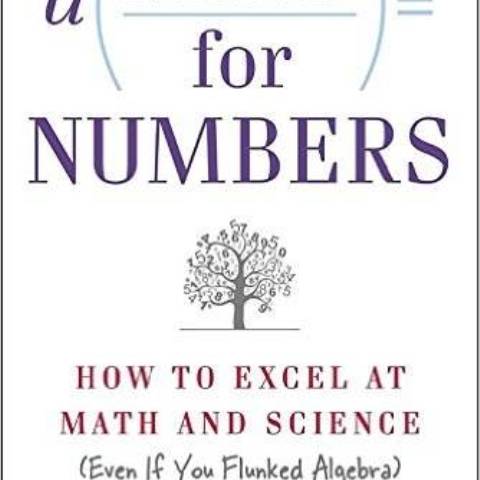

Last fall, I engaged in an email exchange with several parents in which we shared resources about learning and learning theory.
The father of one of my now-former students suggested that I might be interested in reading "A Mind for Numbers" by Barbara Oakley, Ph.D. The time demands of the new school year kept me from reading the entire book at that time. When school dismissed this spring, I started to read the book very eager to get all the way through it.
"A Mind for Numbers" tells the author’s personal story. An engineering professor who had great difficulty with math and science as a young student, Oakley learned that she could have much more success in these subjects if she studied for a reasonable amount of time, then took a break to rest her brain or engaged in a less challenging activity. As she became more successful, she found that she enjoyed math and science more and more.
Oakley suggests that before a math study session, a student should scan through the chapter to “prime the pump.” By spending a minute or two looking through the assignment and examining pictures, diagrams, bold type, and other features, a student’s brain should be able to make connections in learning more easily.
Much of the book describes two types of thinking: focused and diffuse. Focused thinking involves the heavy concentration of deep study; diffuse thinking refers to Oakley’s relaxed-brain approach to study and problem-solving. The lesser-focused brain is able to establish relationships between the new learning and the established facts and processes already in the brain.
As Oakley explains, “If you are trying to understand or figure out something new, your best bet is to turn off your precision-focused thinking and turn on your ‘big picture’ diffuse mode, long enough to be able to latch on to a new, more fruitful approach” (p. 19).
The latter part of the book presents numerous suggestions and interventions to help with learning. Oakley discusses ideas from memory and memory tricks to common sense recommendations, such as getting enough sleep each evening.
As an educator in mathematics, I highly recommend this book to parents and to any student planning to take a college math course. If you tend to be that pupil who studies all the time but does not earn grades that reflect your effort, this book will have several helpful suggestions for you. If you simply don’t like math, but avoiding math classes is not an option, I suggest you give this book a careful read.
Thanks to Dr. Brian Kinder for suggesting this excellent piece on learning. I plan to assign this work as my summer reading for my future geometry classes.